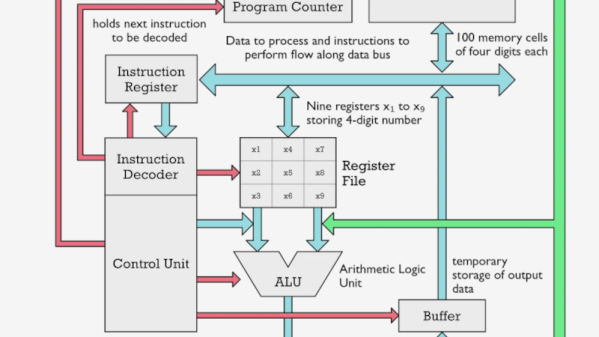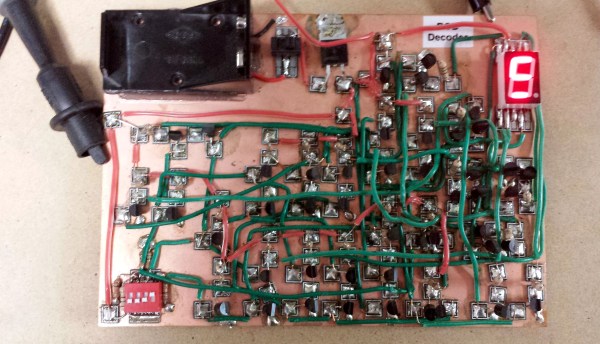Cloudy with a chance of concrete? The “success” of last week’s brief but eventful Starship launch has apparently raised some regulatory eyebrows, with the Federal Aviation Administration launching an investigation into the destruction wrought by the mighty rocket. And it’s not just the hapless Dodge Caravan that they’re concerned with — although we found some fantastic POV footage that shows the kill shot as well as close-ups of the results — but also the damage rained down upon residents around the Boca Chica launch complex. Tons of concrete and rebar were excavated by the 33 Raptor engines during the launch and sent in all directions, reportedly landing up to 6 miles (10 kilometers) from the pad. What’s worse, a lot of debris ended up on beaches that are home to endangered species, which has the Sierra Club also taking an interest. The FAA has apparently nixed any launches from the Texas facility until they complete their investigation.
decimal3 Articles
The 10 Kinds Of Programmers That Use Calcutron-33
It is interesting how, if you observe long enough, things tend to be cyclical. Back in the old days, some computers didn’t use binary, they used decimal. This was especially true of made up educational computers like TUTAC or CARDIAC, but there was real decimal hardware out there, too. Then everyone decided that binary made much more sense and now it’s very hard to find a computer that doesn’t use it.
But [Erik] has written a simulator, assembler, and debugger for Calcutron-33, a “decimal RISC” CPU. Why? The idea is to provide a teaching platform to explain assembly language concepts to people who might stumble on binary numbers. Once they understand Calcutron, they can move on to more conventional CPUs with some measure of confidence.
To that end, there are several articles covering the basic architecture, the instruction set, and how to write assembly for the machine. The CPU has much in common with modern microprocessors other than the use of decimal throughout.
There have been several versions of the virtual machine with various improvements and bug fixes. We’ll be honest: we admire the work and its scope. However, if you already know about binary, this might not be your best bet. What’s more is, maybe you should understand binary before tackling assembly language programming, at least in modern times. Still, it does cover a lot of ground that applies regardless.
Made-up computers like TUTAC and CARDIAC were all the rage when computer time was too expensive to waste on mere students. There was also MIX from computer legend Donald Knuth.
Learning And Failing At Digital Electronics
[spencerhamblin] is starting his explorations into digital electronics the hard way: reproducing a “simple” IC’s functionality by wiring up a board full of discrete transistors. In this case, the end product is a binary-to-seven-segment decoder built from scratch.
In engineering circles, this circuit is better known as a 7447 BCD to seven-segment decoder/driver, but just using a single chip has little pedagogical value. Building a simple circuit with 39 transistors, 31 resistors, and a handful of diodes is a good introduction to digital electronics, and after two attempts, [spencerhamblin] knocked it out of the park.
The build began with a piece of copper clad board, a bunch of cheap FETs from fleabay, and an incorrect schematic. While the first version of the project looked fantastic with Manhattan-style construction, and jumper wires everywhere, the schematic was fundamentally flawed and [spencer] got a little confused when converting the circuit to a common anode display.
Version two used a more standardized construction. This circuit was plotted in DipTrace, and the resulting PCB was sent off to OSHPark. The build was cleaner, but in capturing the schematic, [spencer] reversed the footprint of the seven segment display. That was easy enough to fix with a few short wires, and after a little bit of work [spencer] had a device that would convert binary to a seven segment display.













